Crassula "Temple of Buddha": description and cultivation at home
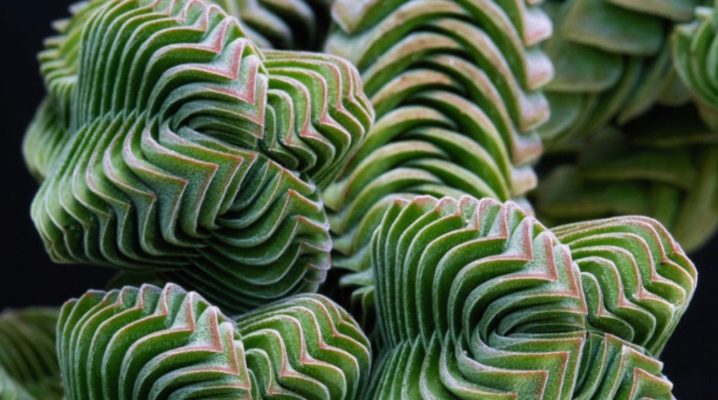
Crassula is the Latin name for the fat woman, which is also often called the "money tree" for the similarity of the shape of the leaves to coins. This plant is a succulent, that is, it has special tissues to store water, and belongs to the jungle family. It has 350 species, most of which are found in the tropics of Africa and on the island of Madagascar. Some of them are capable of accumulating arsenic in their leaves and are poisonous, but this does not apply to indoor species of fat women, because they grow on soils devoid of this poisonous substance.
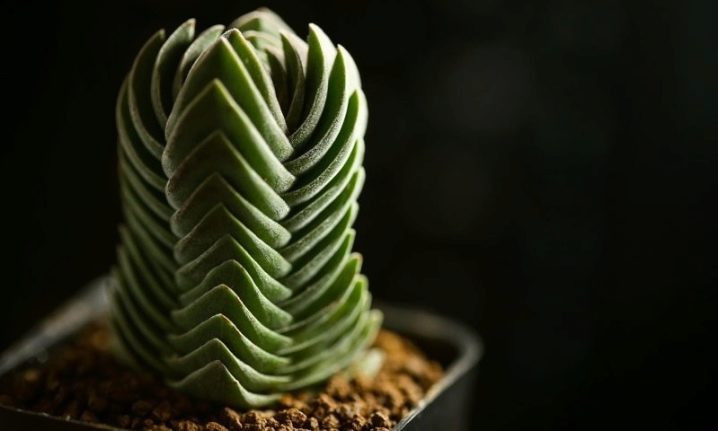
Description
Plants belonging to the genus Crassula can have a different appearance. Most of them are perennials, which measure both a few centimeters and several meters in height. The fat women have simple opposite leaves, which are collected in a basal rosette.
These plants bloom with small white-yellow (less often red or blue) paniculate-umbellate or racemose inflorescences. The ovate (Crassula ovate), which is very popular in indoor floriculture, has a lignified trunk up to one and a half meters high and gray-green fleshy round leaves with a blue waxy coating.
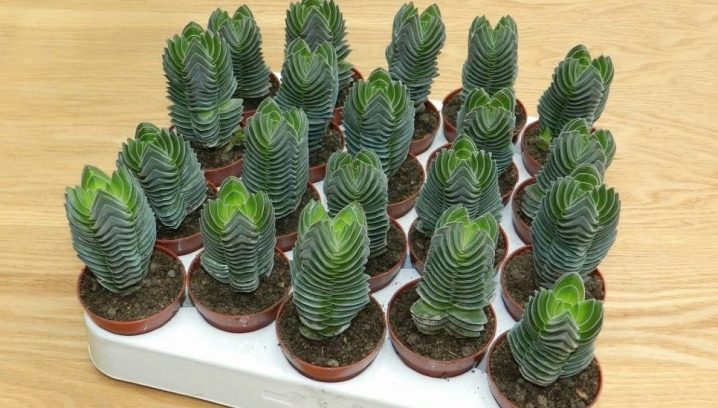
Crassula Buddha's Temple is a hybrid that was obtained in 1959 by crossing Crassula perfoliate and pyramidal species by breeder Miron Kimnach. Initially, the plant had the name Crassula Kimnach, but later the name Crassula "Temple of Buddha" was assigned to it because of the curved shape of the leaves, reminiscent of the roofs of Buddhist temples.
This hybrid looks like upright, ribbed columns that grow strongly over time. In the process of rapid growth, from the severity of their own weight, the columns collapse, resembling crawling snakes in this position. Leaves are shiny and bright green, new shoots sprout from the stems. This fat woman blooms with small pink-red flowers.

Plant care
Succulents are indoor plants that are easy to care for. But in order for Crassula "Temple of Buddha" to feel comfortable and delight you and your loved ones for a long time with its unusual beauty, it is imperative to study the nuances of its cultivation.
- Soil selection. For this fat woman, as well as for other succulents, a light soil consisting of turf and coarse sand is needed. It is better not to use ready-made earthen mixtures due to the presence of peat, which is unhealthy for the plant. The addition of charcoal and vermiculite to the soil improves the process of aeration (air saturation) of the soil.
Before use, the resulting earthen mixture must be calcined in the oven or treated with steam, fixing it over it.
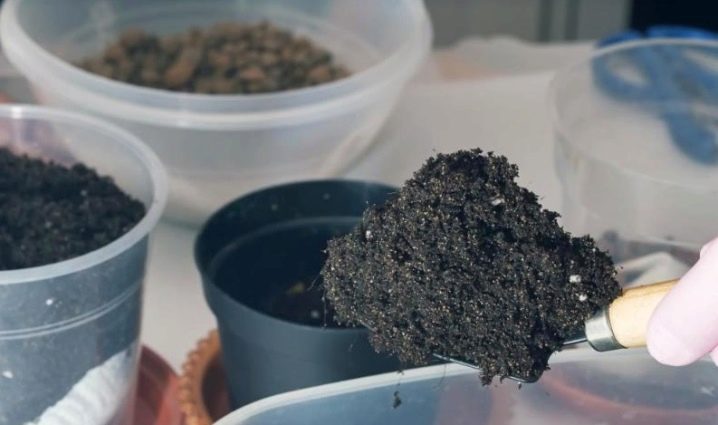
- Landing. The pot for the fat woman should not be large. Broken brick or gravel should be placed on the bottom. The roots of a store plant must be well cleaned of old soil, which often contains peat. Carefully inspect Crassula for diseases and pests, and only then land.
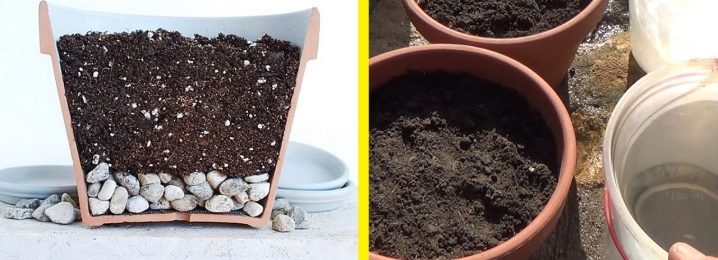
- Lighting... Crassula "Temple of Buddha" loves good lighting, but with limited direct sunlight. It is advisable to place the pot on the west or east window. It is strongly discouraged to place a plant on a windowsill facing north, its leaves will be deformed and weak.But if there is no other choice, then illuminate the plant with a phytolamp.
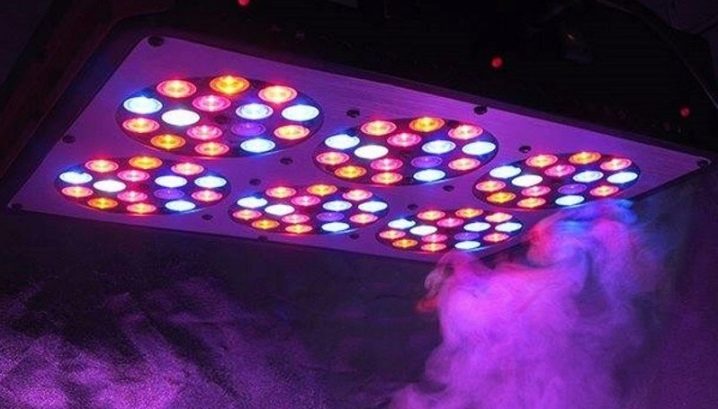
- Irrigation scheme. In the wild, all succulents tolerate drought very well, so there is often no need to water the plant. Do this as the soil dries up. Over-watering can kill the plant. It is better to water the fat woman in the evening, using settled water at room temperature. In winter, watering should be reduced to once every 10-14 days.
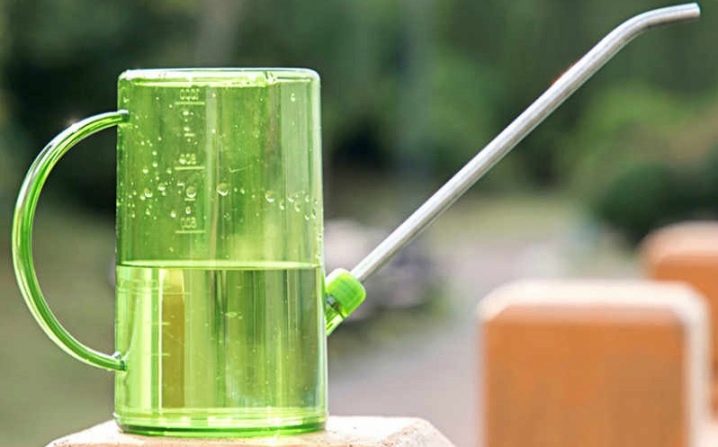
- Temperature conditions. This flower loves warmth and fresh air, but intense heat is contraindicated for it. The ideal summer temperature is +23.26 degrees Celsius during the day with a sharp drop to +10 degrees at night. This mode is close to the natural growth conditions of this plant. During the warmer months of the year, you can place the jelly pot on your balcony or terrace. In winter, keep the temperature at +12.16 degrees Celsius, not allowing hot air streams from heating to fall on the windowsill.
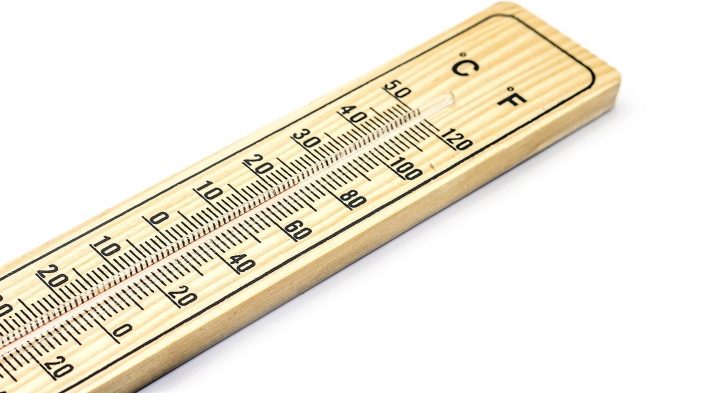
- Air humidity... Humidity is not particularly important for succulents. But the plant should sometimes be sprayed and the leaves should be wiped.

- Fertilizing... During the period of active growth (from spring to late summer), once a month, it is recommended to feed Crassula with ready-made fertilizers for cacti and succulents. They should be applied to damp ground immediately after the watering process to avoid scalding the roots. In the autumn-winter period, it is not required to feed the plant.
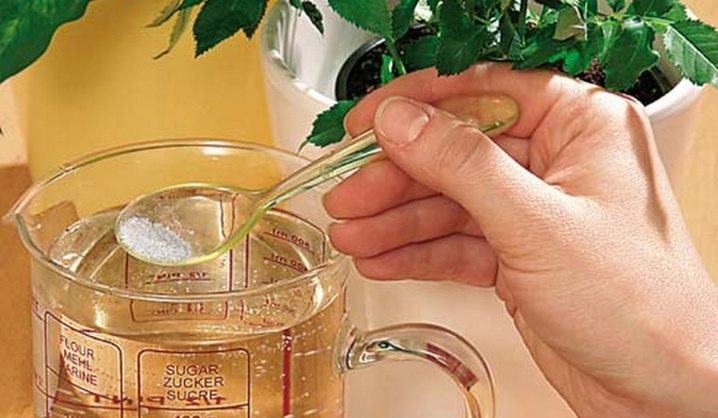
- Transfer. It is necessary to transplant a fat woman no more than once every 2-3 years. The new pot should be just a couple of centimeters wider than the old one. A shallow planting capacity is recommended, since the root processes of the Crassula are located superficially. The soil is made according to the same scheme as when planting a plant, with a mandatory procedure for disinfecting the soil. Immediately after transplanting, the pot is placed in a shaded place, do not water the bastard for 3-4 days. Then the plant is returned to its original place, then it is looked after as usual.
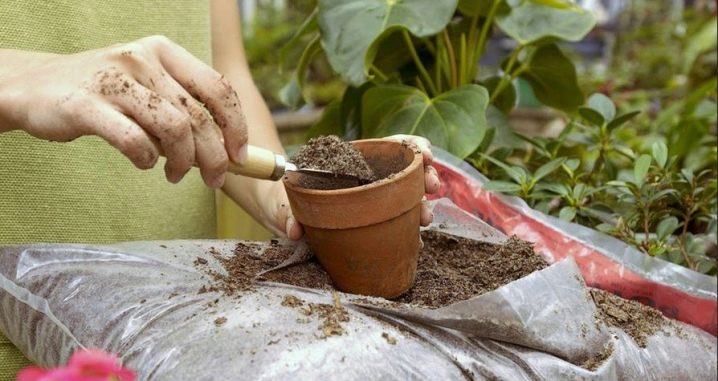
Reproduction methods
Crassula can be propagated by side shoots and leaves. In the first method, the shoots are cut off with a sharply sharpened knife and dried for 7-10 days, placing them vertically. After that, the cuttings should be placed in the soil at a very shallow depth and fixed with stones for stability. In the second method, it is necessary to cut off the top of any shoot and separate the leaf plates from it, then they should be dried for 1-2 days and planted in prepared soil.
Make sure that the soil does not dry out, you can spray the rooting leaves with a spray bottle.

Potential diseases and pests
Powdery mildew affects succulents most often. The disease can occur due to high humidity or in the absence of ventilation. If you notice that the leaves have become deformed and covered with a white bloom, immediately treat the crassula with any fungicide.
In the future, observe all the intricacies of growing this plant.... Do not use insecticides to control spider mites, aphids and mealybugs.
The leaves of the plant should be wiped daily with a swab dipped in soapy water until all signs of pests have disappeared.

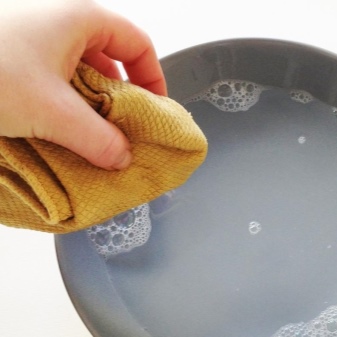
Crassula "Temple of Buddha" is an ideal plant for the home: it has a unique decorative appearance, grows quickly, is unpretentious to living conditions, multiplies easily, and with proper care it can live for more than 15 years. In addition, succulents that grow well and bloom at home are believed to attract good luck and family happiness to your home.
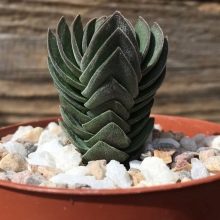
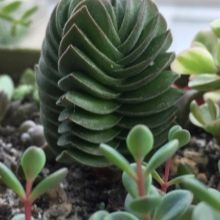
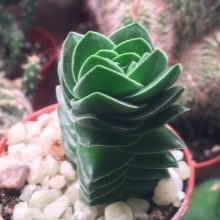
In the video below you can see an overview of this plant.























































The comment was sent successfully.